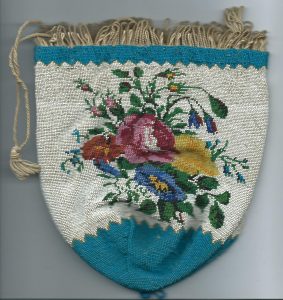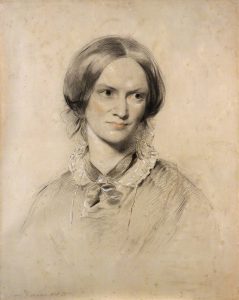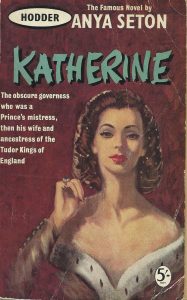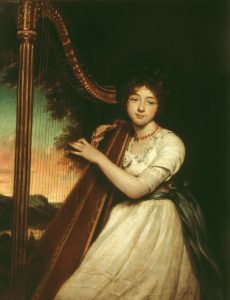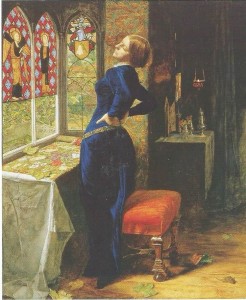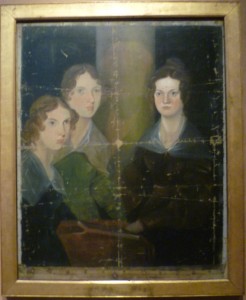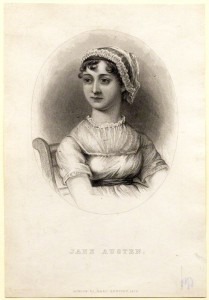I am a huge fan of public libraries; I’ve had a library card since I was six. And, nowadays, they offer you far more than just books. With my various library cards, (I have library cards like other people have credit cards) I can access the Oxford Dictionary of National Biography (the DNB) – really useful for research – with my library card number, or read The Times or The Guardian online, and much more. And libraries are currently suffering from ferocious budget cuts.
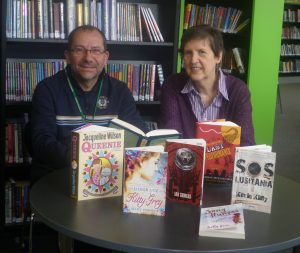
Me and Tony Brown, the Stock and Reader Development Manager
So, when I became the UK Children’s/Young Adult Book Review Editor for the quarterly Historical Novel Society Review, I decided to offer the ex-review copies to my local library. Every few months, when my floor round my desk has once more disappeared under books, I email Tony Brown, the Stock and Reader Development Manager of my local library, label the email: Books looking for a good home, and send him a book list. Would he like any of them? So far, he has always said, ‘Yes, please,’ to the lot.
Continue reading Public Libraries Need Help
Please share this page...
